Dormice in Dire Straits
The only way to ensure the survival of the dormouse, according to The Woodland Trust, is to create stronger, more resilient landscapes by planting more native trees and diverse woods, better management of these woods and by bringing back hedgerows to create wildlife corridors that connect the woods and prevents further isolation of dormice populations.
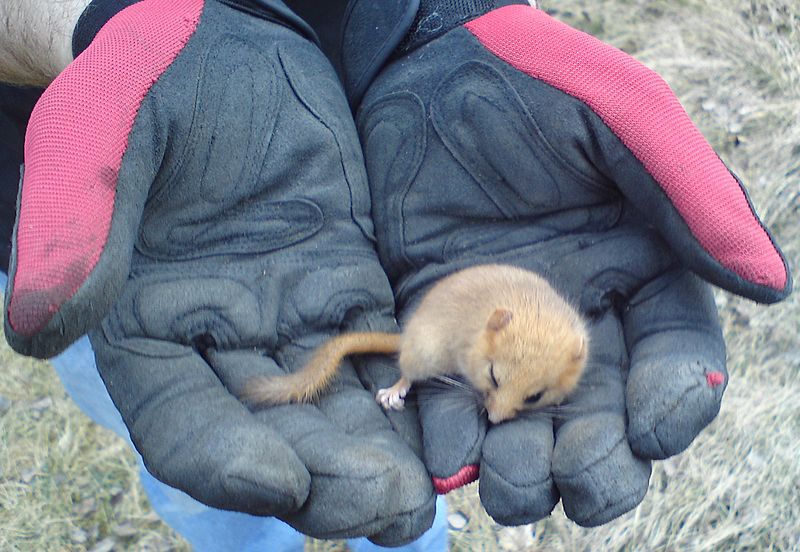 Image: Alex Taylor
Image: Alex Taylor One of the UK’s most endangered mammals, the hazel or common dormouse, is facing new threats. This species is an important ‘bio-indicator’, meaning that its presence in a specific habitat shows how healthy that habitat is. Dormice prefer rich, well-managed native woodland that has just the right mix of species to enable it to find food all year round. However, it is this woodland that is under threat and in turn, threatening the survival of this already imperilled species.
There are thought to be around 45,000 dormice in the UK at present, but their range has decreased by half over the last century. Once widespread throughout England and Wales, dormice are now only found in southern England, parts of Wales and in a few isolated northern populations. The cause of the decline is the destruction of their woodland home. Poor management, the loss and fragmentation of ancient woodland and hedgerows, as well as tree diseases such as the recent cases of ash dieback, are all having an impact.
The Woodland Trust keeps a database of ancient woods that are threatened by development, and records are added regularly. In total, the organisation is aware of the loss or damage of at least 90 ancient woods, with another 202 now under threat. The situation is particularly worrying in Wales, where it is possible that the dormice may decline to such a level that they disappear from the country entirely. Ash dieback has been recorded in several parts of Wales, and The Woodland Trust is aware of the loss/damage to six ancient woods in the past decade in counties known to have dormice populations. A further seven ancient woods are under threat.
The only way to ensure the survival of the dormouse, according to The Woodland Trust, is to create stronger, more resilient landscapes by planting more native trees and diverse woods, better management of these woods and by bringing back hedgerows to create wildlife corridors that connect the woods and prevents further isolation of dormice populations. In some parts of the UK, half of all hedgerows have been lost. The Woodland Trust is hoping to encourage people to plant more trees, and is helping landowners with dormice in their areas to protect them by offering extra funding.
The People’s Trust for Endangered Species also held its first Dormouse Monitoring Conference last week, where over 200 people came together to discuss dormice and the issues they face. They discussed woodland management, running local dormouse groups and their online dormouse forum. There is no shortage of people wishing to help these tiny mammals, but saving the trees is the key to saving the dormouse.

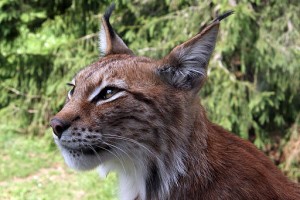
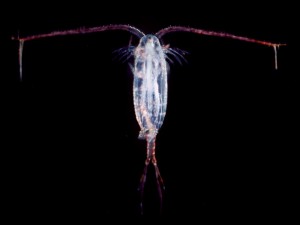
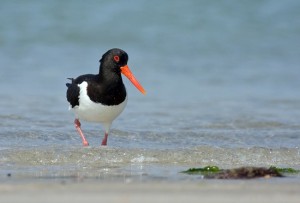
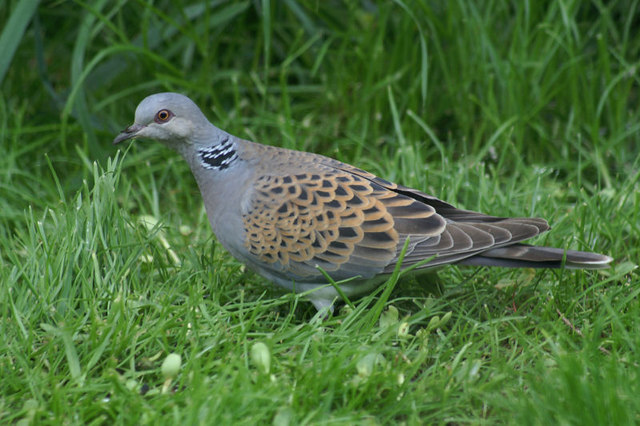
One Comment
I fully support the conservation and monitoring of these species, but I would advise anyone interested in dormice to read ‘Living with Dormice: The Common Dormouse: Real Rodent or Phantom of the Ancient Wood?’ by Sue Eden. A wealth of knowledge and makes you think how ‘rare’ and specialised they actually are in the UK. They have been found to inhabit practically any arboreal habitat, including bramble and conifer plantation. Also the more people look for them they more they find across the whole of the UK, new locations every year. For reference the IUCN states they are ‘least concern’ and declining in the UK (like nearly every species), they are not ‘endangered’.